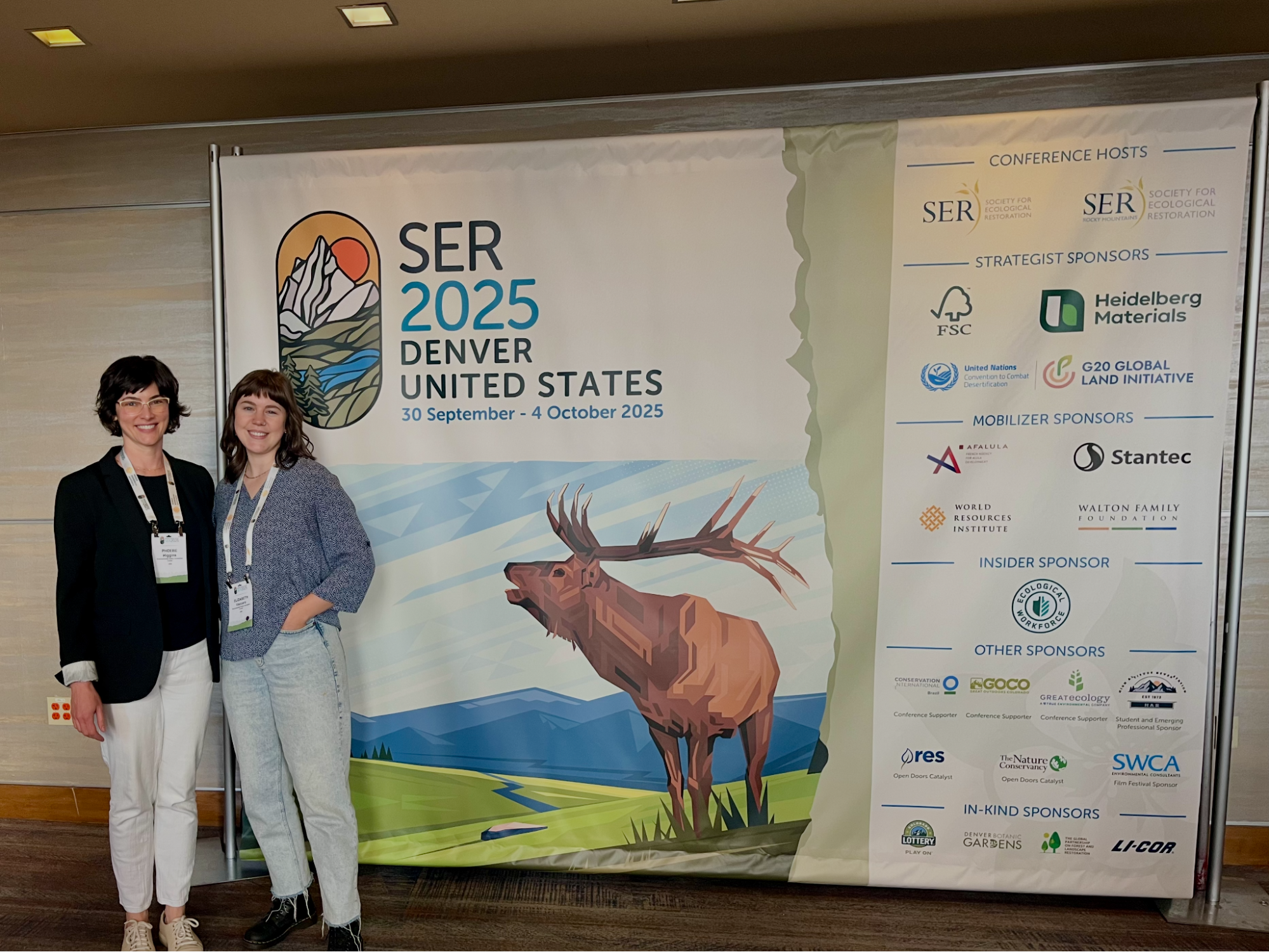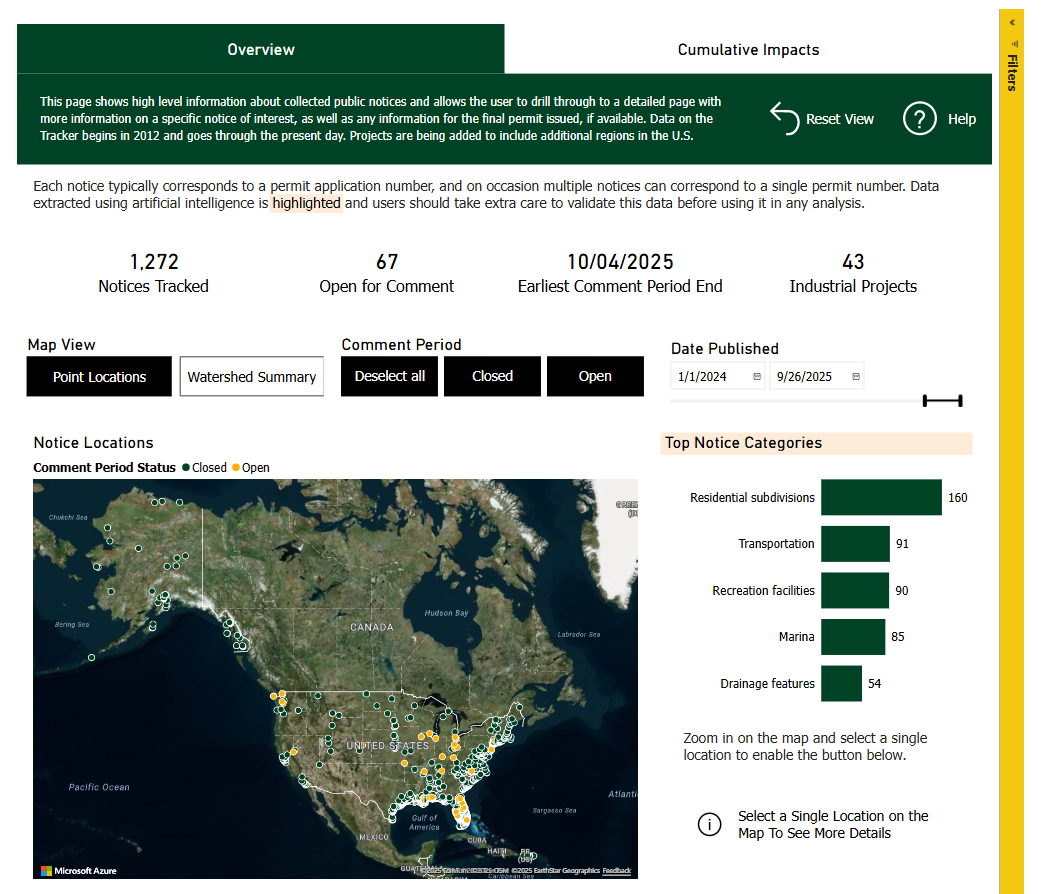
Full Lead Service Line Replacement Is Closer Than We Thought

Energizing the Ecosocial Alternative for AI

Environmental Permitting is Getting Better
It's not that permitting change might happen. It has changed, is changing, and will change more. We’ve had a great collaboration with the team at Inclusive Abundance these last 15 days, hearing about 15 ‘wins’ for permitting reform they wanted to celebrate. We are starting our own 15-day countdown now. It’s a great way to acknowledge all the progress underway to make environmental permitting laws and programs that better serve the planet, people, and our prosperity.

When Federal Earmarks Undermine State Priorities: Why Texas Loses Big Under SRF Earmarks

A Planet in Repair: Reflections from Global Ecological Restoration Conference

Advocacy in Action: Insights from SRF State Advocates Forum Member Engagement Report

Government-Run Offsets Gone Awry

Day 2 at the Society of American Foresters Conference: The Technology-Capability Gap

Fixing Bottlenecks in Lead Pipe Funding: Minimum Allotment Requirements
Explore the funding challenges and policy solutions for lead service line replacement (LSLR) under the Infrastructure Investment and Jobs Act (IIJA). Learn minimum allotment requirements for SRF funding impact the flow of LSLR funding and what reforms could speed up getting the lead out.

Expanding our Understanding of Wetlands: Nation-wide Updates to the Wetlands Impact Tracker

Endless Prairie Buffalo Project: The restoration of a cultural and ecological keystone species.

Empowering Our Forest Stewards: A New Era of Innovation

4 Pillars for Permitting Innovation
The permitting reform space is growing fast, and there are clearly different philosophies for why this work is important, what values should guide us in identifying solutions, whether reform is even needed, and how we build a large enough coalition to make meaningful changes at all levels of government.

Thoughts on the ESA Amendments Act of 2025

Predicting DOGE AI Deregulatory Tool Recommendations

State SRF Policies: Dispatches From Our Water Webinar Series

California’s New Trailer Bill Is a Game-Changer for Environmental Contracts

Reimagining Forestry in the Digital Age: An Invitation to the Old Guard and the Next Generation

Utilizing EPIC Resources to Strengthen Texas SRF Analysis


